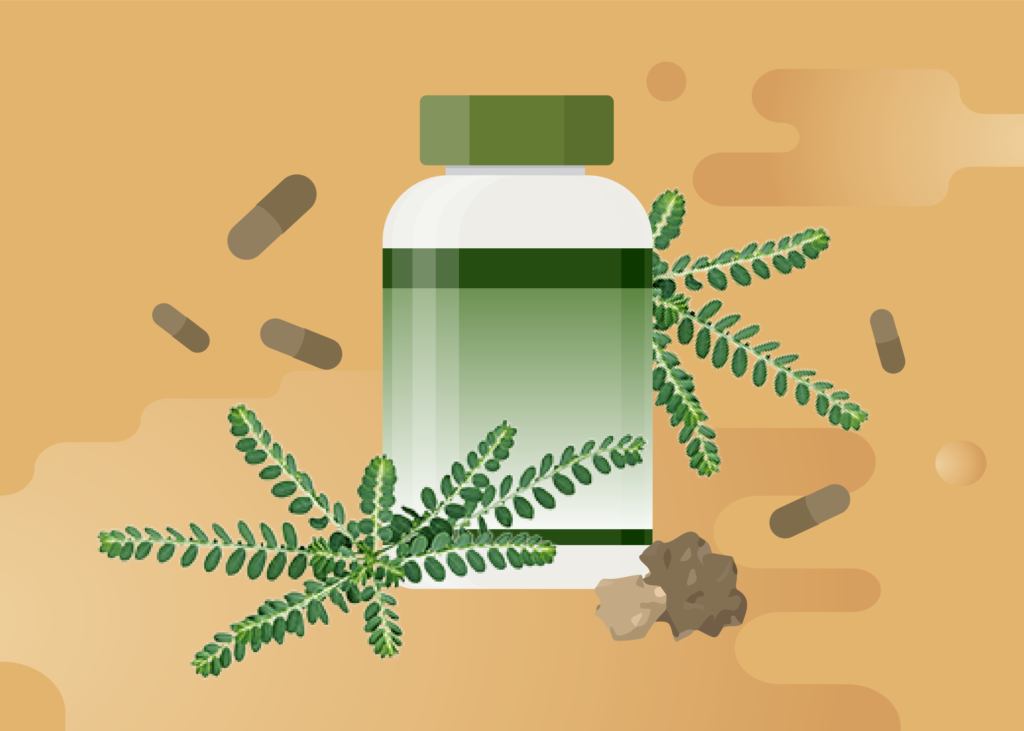If you’ve searched up kidney stone remedies, you may have come across a supplement known as Chanca Piedra. Often advertised as a “stone breaker”, Chanca Piedra can be easily purchased online and at in-person retailers, in the form of pills or tea. Does Chanca Piedra really work as a kidney stone breaker though? We looked into medical articles to find out.
What is Chanca Piedra?
Chanca Piedra comes from a plant called Phyllanthus niruri, found in tropical and subtropical climates. Historically, it has been used in traditional medicine for its alleged antimicrobial, antioxidant, anticancer, anti-inflammatory, antiplasmodial, antiviral, diuretic, and hepatoprotective purposes1.
Why is Chanca Piedra known as a kidney stone breaker?
Chanca Piedra is alkaline in nature, and some people believe that alkaline foods may be beneficial in neutralizing – and thus breaking – uric acid stones. It is also a diuretic, which means that it helps you to pee more, and ideally, pass a stone during one of those bathroom trips.
For more insights on kidney stone management and personalized guidance, check out UroGPT™, the AI-powered chatbot.
Can Chanca Piedra dissolve my kidney stones?
No, it can’t. Uric acid stones are the primary type of kidney stones that can be dissolved, and only through medical therapy with your physician.
Can Chanca Piedra prevent kidney stones?
It may, but you should consult your physician first.
An in-vitro study (i.e. performed on urine samples only, not on human patients) conducted in 2004 found that pre-incubating Chanca Piedra in human urine led to the formation of even more calcium oxalate crystals, though these crystals were smaller than those in urine samples without Chanca Piedra. Furthermore, these calcium oxalate crystals stayed separate and did not agglomerate, which could indicate a lower risk of forming calcium oxalate stones3.
When Chanca Piedra was tested on rat subjects, researchers found that Chanca Piedra was only effective in preventing further growth of kidney stones when ingested immediately upon implantation of calcium oxalate disks4.
This led to their conclusion that Chanca Piedra could have a preventative role when administered to patients at high risk of developing recurrent kidney stones.
In a study of 56 human patients, researchers in Brazil discovered that Chanca Piedra helped to reduce urinary oxalate in patients who had high urinary oxalate levels, and decreased urinary uric acid levels in patients with hyperuricosuria (urinary uric acid levels >800 mg)5.
While these studies offer promising results, researchers acknowledged that more clinical studies must be conducted to validate the use of Chanca Piedra as a preventative measure to lower the risk of calcium oxalate stone formation in urine.
In Summary
Chanca Piedra does not break stones per se, but it could be helpful in supporting kidney stone management through alternative therapies. Consult with your healthcare provider before taking any new supplements.
More than half of the 56 patients in the study mentioned above experienced abdominal pain when on Chanca Piedra, with some even experiencing a burning sensation during urination, blood in the urine and nausea4.
Do note that Chanca Piedra is not approved by the Food and Drug Administration (FDA) and could interact with other medications. It is not safe for pregnant women, breastfeeding women, or children.
Sources:
-
Twahirwa, A., Ndagijimana, A., Mukazayire, M. J., Nyombaire, G., & Kabera, J. N. (2018). Phyllantus niruri: Ethnobotany, Chemistry and Pharmacological properties towards drug formulations. Intl J Curr Res Life Sci, 7(9), 2652-2658.
-
Gridley, C.M., Sourial, M.W., Lehman, A. et al. Medical dissolution therapy for the treatment of uric acid nephrolithiasis. World J Urol 37, 2509–2515 (2019). https://doi.org/10.1007/s00345-019-02688-9
-
Barros, M. E., Schor, N., & Boim, M. A. (2003). Effects of an aqueous extract from Phyllantus niruri on calcium oxalate crystallization in vitro. Urological research, 30(6), 374–379. https://doi.org/10.1007/s00240-002-0285-y
-
Barros, M. E., Lima, R., Mercuri, L. P., Matos, J. R., Schor, N., & Boim, M. A. (2006). Effect of extract of Phyllanthus niruri on crystal deposition in experimental urolithiasis. Urological research, 34(6), 351–357. https://doi.org/10.1007/s00240-006-0065-1
-
Pucci, N. D., Marchini, G. S., Mazzucchi, E., Reis, S. T., Srougi, M., Evazian, D., & Nahas, W. C. (2018). Effect of phyllanthus niruri on metabolic parameters of patients with kidney stone: a perspective for disease prevention. International braz j urol : official journal of the Brazilian Society of Urology, 44(4), 758–764. https://doi.org/10.1590/S1677-5538.IBJU.2017.0521





